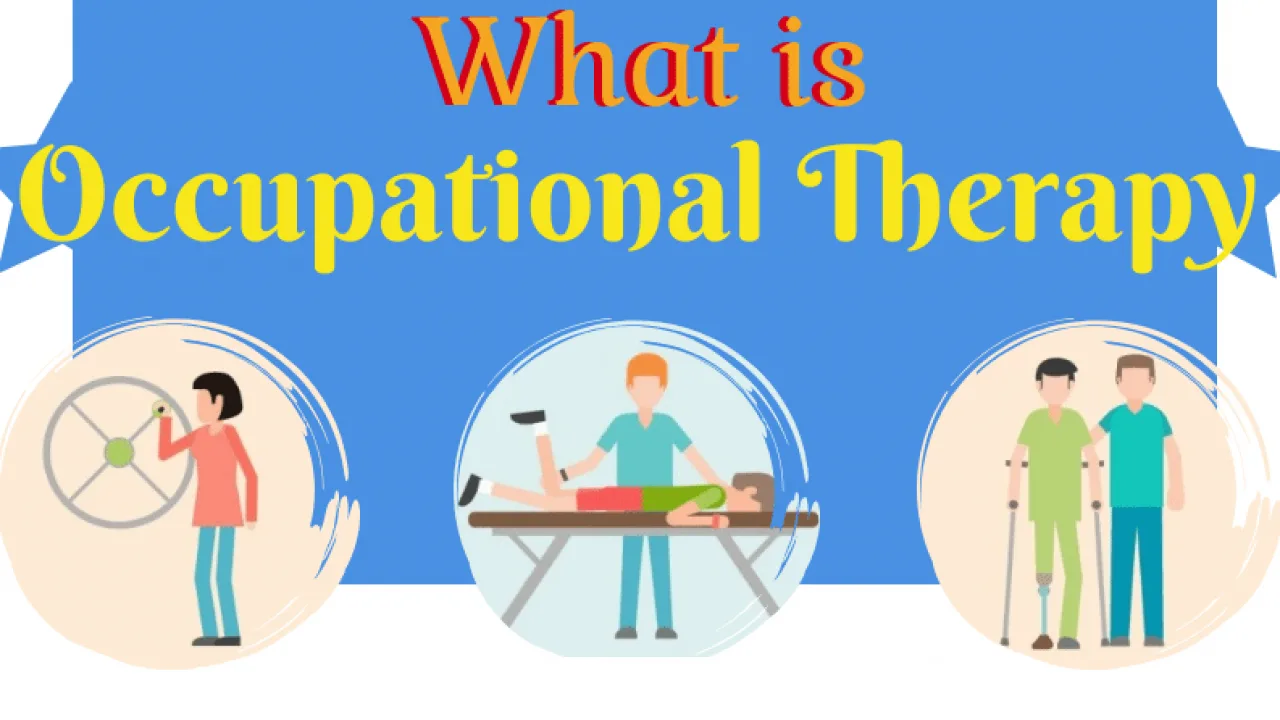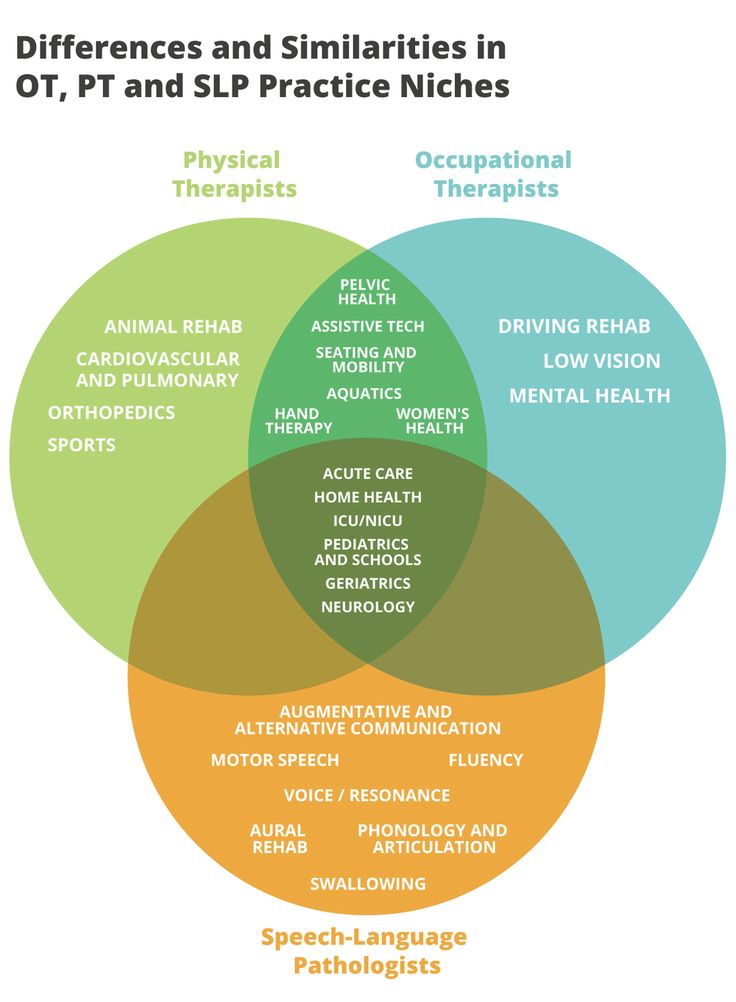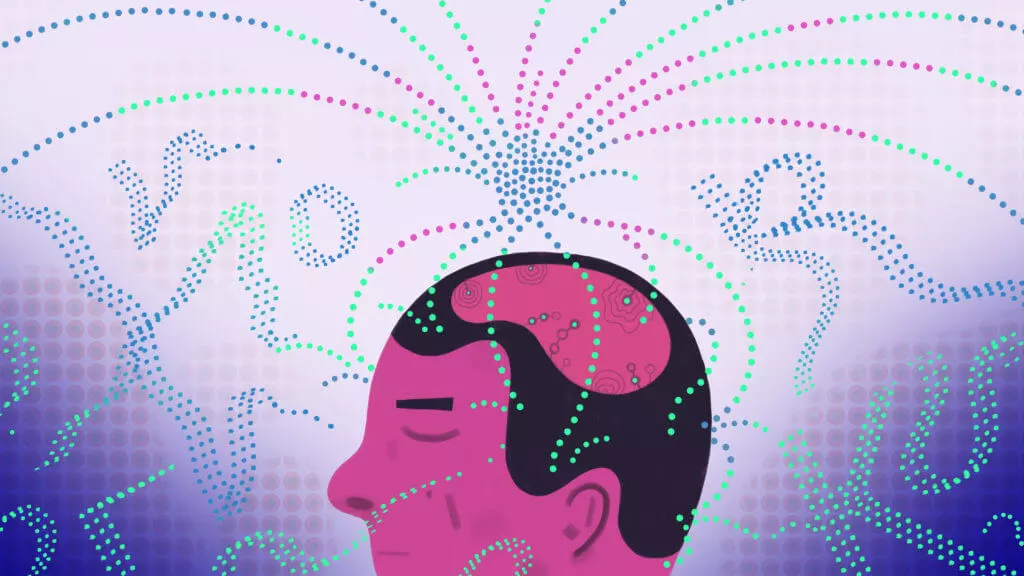Cancer affects a person’s life significantly by changing their routine. Things we used to take for granted, like dressing, preparing meals, or even walking, become very difficult after the treatment of cancer. Cancer survivors are focused on the autonomy of their lives, and the state of life after cancer is rather good. That is why occupational therapy appears to be so helpful, an instrument proving to be effective in enhancing the client’s independence and improving their quality of life with cancer. In practice, occupational therapists assist people to rebuild abilities, change activities and reconstruct their lives.

What is Occupational Therapy?
OT is an independent profession focusing on the affairs of making people capable of going on with their daily undertakings despite physical, emotional or even cognitive handicaps. Occupational therapy can be distinguished from physical therapy because of the occupational therapy concept of emphasizing the person-environment fit and clients’ ability to change specific tasks in order to accomplish a goal rather than just moving.
To cancer patients, it can be a form of therapy that can change the cycle of their lives. They, however, suffer from weakness, fatigue, changes in cognitive functioning, and emotional problems that affect their function at home and workplace. They help them develop strength, fight fatigue, and overcome certain cognitive impairments in a manner that they can resume normal living as they desire.
Read more: Journal of Clinical Oncology: Insights into Cancer Treatment Advancements
What is the Difference Between Occupational Therapy and Physical Therapy?

While both occupational and physical therapy play vital roles in rehabilitation, they are fundamentally different in scope. Physical therapy focuses on improving mobility, strength, and range of motion. It addresses physical impairments directly by working on muscle coordination and function. On the other hand, occupational therapy centers on enabling individuals to perform daily tasks independently, regardless of physical limitations.
For cancer patients, Occupational Therapy looks beyond just physical abilities. It assesses how cancer treatment affects their ability to manage daily tasks such as bathing, dressing, preparing meals, or returning to work. An occupational therapist adapts the environment or tasks to suit the patient’s abilities, incorporating assistive devices if necessary.
Who Needs Occupational Therapy?
Cancer involves functional disablement, and this is more pronounced among patients receiving aggressive therapy, including chemotherapy, radiation, or surgery. This is the area in which occupational therapy is likely to be most helpful. The treatment is essential for those who:

- Struggle with daily tasks post-treatment.
- Experience cognitive difficulties due to chemotherapy (often called “chemo brain”).
- Have mobility issues resulting from surgery or radiation.
- Suffer from cancer-related fatigue that limits their ability to perform routine activities.
- Face emotional or psychological barriers, such as anxiety or depression, that impede daily living.
Occupational therapy for adult and pediatric cancer patients is an opportunity to close the gap between cancer survivors and a full life with maximum potential for independence.
Read Also: Cancer Treatment: Symptoms, Causes & Types
What Can Patients Expect When They Meet with an Occupational Therapist?

An initial encounter occupational therapist requires an assessment of the patient’s functional abilities, needs, and difficulties. The number and type of questions may be related to the patient’s daily activities, mobility, and emotional state. The assessment it provides amalgamates the patient’s medical, neurological, functional, and psychosocial state.
From there, they plan out an individual course of action to be taken by the patient. This could encompass tasks for building up muscles, specific movements that take less energy, and tasks to improve mental performance. He may also advise individuals who need them to use assistive devices such as spoons for eating or even handles in the bathroom for safety reasons. The aim is to help patients take back control of their daily lives.
How Modern Therapists are Transforming Lives of Cancer Survivors

Actually, it is a recent development that occupational therapy has gradually changed in the past decade, specifically for cancer survivors. Current therapists prescribe strategies that are informed by current research and appropriate to the needs of cancer patients. I also discovered that today’s developments in occupational therapy enable occupational therapists to monitor the progress of patients and change the therapy plans within a blink of the eyelid so that the patient receives help as and when he or she requires it.
Many of today’s techniques may involve virtual reality technology, tele rehabilitation, and digital tracking and monitoring of patient outcomes. Such advancements have greatly enhanced patient and adult engagement.
Real-Life Examples of OT Impact

Integrating facts in the form of case reports and samples reveals the optimum significance that occupational therapy can serve. For example, in the study, breast cancer survivors who underwent occupational therapy exercised a 60% change in dressing and meal preparation. They also got a twofold decrease in their fatigue levels. For instance, one work showed that children who underwent OT involving tailored cancer therapies gained a fifty percent boost in hand-eye coordination after six learning months to enable them to go back to school.
The following real-life examples illustrate how occupation-focused practice can effectively make a startling difference in improving the overall quality of cancer survivors’ lives and helping them not only survive but thrive post-treatment.
Why is Occupational Therapy Important for Patients with Cancer?

Surviving cancer also means struggling not only with physical signs but also with numerous difficulties. Cancer patients experience emotional and psychological disorders frequently. Research also indicates that over 70% of cancer survivors develop anxiety or depression at least one time throughout their cancer treatment and rehabilitation. With occupational therapy, the patient gets an opportunity to take up their life and combat the physical and or emotional setbacks.
Cognitive reintegration is significant in the occupational rehabilitation of those who report the “chemo brain,” when memory, attention, and other cognitive functions are affected. Cognitive-behavioral techniques are used to help the patient pay attention and improve their memory so they can go back to work or school with much more confidence.
Key Benefits of OT for Cancer Patients
The benefits of occupational therapy for cancer patients are vast. Key advantages include:

Improved Quality of Life: Through tailored interventions, occupational therapists help cancer patients regain their ability to perform daily tasks, reducing reliance on caregivers and enhancing self-esteem.
Fatigue Management: Therapists teach energy conservation techniques, allowing patients to pace themselves and maximize their productivity.
Cognitive Rehabilitation: For patients experiencing cognitive deficits, occupational therapy helps improve concentration and problem-solving abilities, facilitating a smoother return to work or daily activities.
Emotional Well-being: By focusing on independence and daily functionality, occupational therapy provides a sense of normalcy, which is critical in reducing anxiety and depression.
Specialized OT Techniques for Cancer Care
The specific needs of cancer patients require unique approaches within occupational therapy. These techniques may include:

Energy Conservation Strategies: Helping patients prioritize tasks, take frequent breaks, and modify activities to reduce fatigue.
Cognitive Rehabilitation: Focused on enhancing memory, attention, and problem-solving skills affected by chemotherapy.
Adaptive Equipment Training: Introducing patients to assistive devices that help them manage daily activities with less effort.
How Do You Approach Occupational Therapy for Pediatric Cancer Patients?

The approaches of occupation-focused practice for pediatric cancer patients are play and challenging activities. Specialists focus on enhancing the Hand to Eye coordination, Motor skills, and abilities of the child, as well as the general child therapist, aiming at ensuring that physical therapy is made enjoyable and chucked in a certain age bracket. Inspiration generally involves play occupations and toys that will build up children’s fine motor area and dynamic. The objective is to support kids to return to school having missed minimal time from the classroom and their everyday activities.
Read Also: Scarlet Science: Innovations in Hematology Oncology
How Do You Plan Occupational Therapy for Patients?
Therapeutic intervention planning requires significant consideration of each patient and how they will benefit. The patient, family health care team, and therapist involved set achievable goals in consultation. The treatment plan must be very flexible to the individual patient’s needs and progress. The plan for this particular patient usually entails strength training, cognitive activities, and strategies to allow the cancer patient to resume normal activities.
How Long Does Occupational Therapy Typically Last?
The length of occupational therapy varies depending on the client’s situation and the amount of therapy required. Some cancer patients require treatment for a few months, while others require treatment for several years. The frequency and intensity of the sessions also differ depending on the patient’s objective and general health.
How Do You Measure a Patient’s Success with OT?
The achievement of occupational therapy’s objective is based on both quantitative and qualitative analysis. These are simply cut slips that say patient assessment may include things like an ability to perform more tasks in the home or day, less fatigue, or better cognition. Therapists also use them to assess strength and range of motion and monitor changes in mental functioning. When the patient’s progress is checked frequently, the therapist can make new changes that will enable the patient to regain the desired goals.
Read Also: What is Hematology Oncology?
FAQs about OT for Cancer Patients
1. What types of cancer patients benefit most from OT?
Cancer patients with physical, cognitive, or emotional limitations—especially those recovering from surgeries, radiation, or chemotherapy—are ideal candidates for occupational therapy.
2. How often do cancer patients typically receive OT?
The frequency of therapy depends on the patient’s needs, but sessions usually occur once or twice a week, with ongoing assessments to track progress.
3. Can occupational therapy help with cancer-related fatigue?
Yes, occupational therapists use energy conservation techniques and fatigue management strategies to help patients cope with and reduce cancer-related fatigue.
4. Is occupational therapy covered by insurance for cancer patients?
Most insurance plans, including Medicare, cover occupational therapy for cancer patients when prescribed by a healthcare provider, but it’s essential to check individual policies.
5. How soon after cancer treatment can I start OT?
Cancer patients can typically start occupational therapy as soon as they’re medically cleared by their oncologist, allowing them to begin the rehabilitation process early in recovery.
Occupational therapy is not just about restoring physical abilities; it’s about empowering cancer survivors to regain their independence and live a fulfilling life. With the right support, patients can overcome the challenges of cancer treatment and rebuild their lives with renewed strength and confidence.


